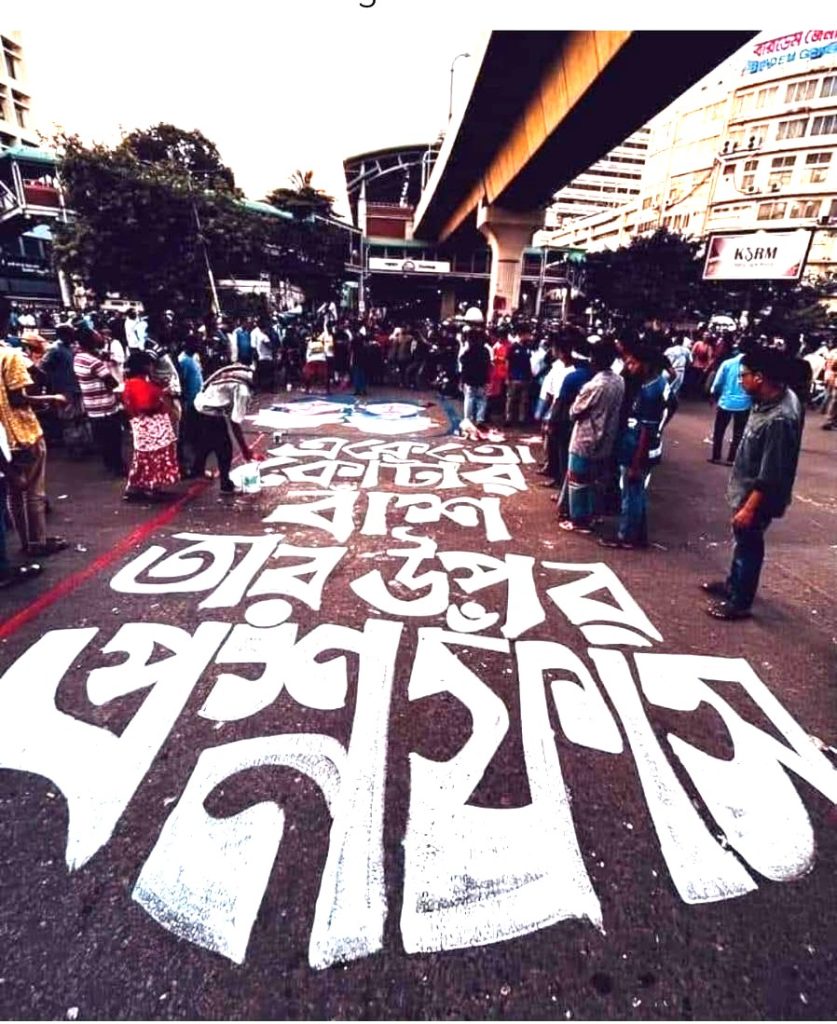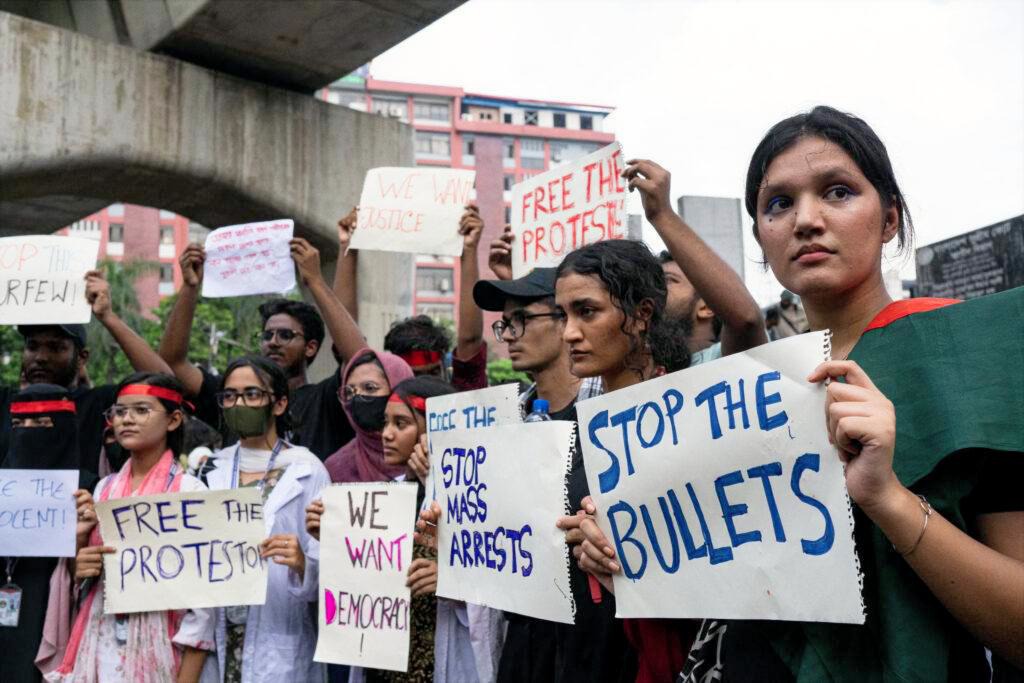On July 15 last year, Dhaka University turned into a battlefield—not between warring political parties, but between students and those who were once students themselves. Young people who had taken to the streets peacefully, under the banner of the anti-discrimination student movement, calling for a fairer government job quota system, were met with brutal force.
By evening, over 400 students across the country were injured, most of them on the DU campus, where Bangladesh Chhatra League (BCL) activists launched waves of attacks. Eyewitnesses and video footage later showed helmeted men armed with sticks, iron rods, and bricks chasing and beating unarmed students, many of whom were female.
The attack didn’t just come out of nowhere.
A day earlier, then-Prime Minister Sheikh Hasina had questioned the demands of the movement with a chilling remark:
Then came a warning from Awami League General Secretary Obaidul Quader: “BCL will give a befitting reply.”
That “reply” came brutally fast.
On the afternoon of July 15, DU students began gathering near the Raju Memorial Sculpture to protest the PM’s remarks and the growing violence. At the same time, BCL announced a counter-rally at the same spot.
Around 3 PM, as a group of student protesters reached Bijoy Ekattor Hall, BCL members from inside began throwing bricks and flower pots. When others rushed to help, the confrontation escalated into open violence.
What followed was chaos. Hundreds of BCL activists from nearby dorms poured in.
Female students were not spared, some beaten while trying to flee. Protesters hiding in buses were dragged out and thrashed.
By evening, even Dhaka Medical College Hospital and Sheikh Hasina Burn Institute—where injured students were being treated—were stormed. Law enforcement largely stood by, watching.
“It was a war zone,” said Hasnat Abdullah, a lead organiser. “They beat us even inside hospitals. Police did nothing.”

The violence wasn’t isolated to Dhaka. At Jahangirnagar University, students staging a peaceful sit-in in front of the vice chancellor’s house were attacked late at night—with police watching.
At Eden Mohila College, BCL women beat fellow students and locked gates to stop them from leaving.
From Rajshahi to Chattogram, Jashore to Sylhet, the story repeated itself: organized attacks, injuries, and fear.
Despite the terror, students did not back down.
Late on July 15, a defiant voice emerged.
Nahid Islam, a key coordinator of the anti-discrimination movement, stood before the media and announced:
“We reject and condemn the Prime Minister’s statement. She must apologize.”
The events of July 15 left deep scars—physical and emotional. Students who once believed in peaceful protest were forced to reckon with violence sanctioned or ignored by those in power.
But it also sparked a new solidarity. Across Bangladesh, young people from different political beliefs, economic classes, and universities began asking, “What kind of country are we building, where asking for fairness is met with a baton?”
This was not just a fight over government jobs. It was a battle over the very soul of a democracy—and it’s far from over.


